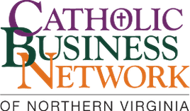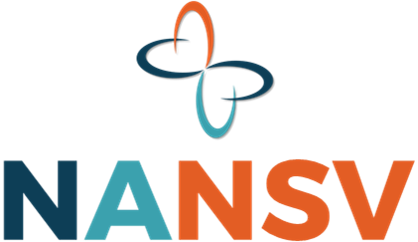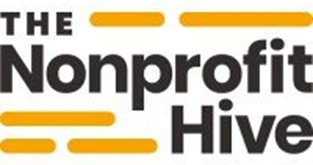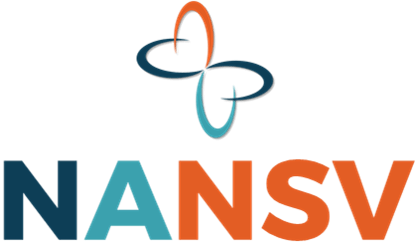Here Today, Gone Tomorrow
Some thoughts on non-profit workforce turnover, and what to do about it
Are staff walking out your door?
Whether it’s happening experiencing it already or you’reworried about it in the future, attrition is never fun to contemplate. It’s certainly unsettling and can be highlydisruptive, potentially affecting performance, reputation, and morale, and itcan even have financial impacts. So whatcan you do to cope with staff loss?
1.
Understand not all attrition is a problem.
Some departures aren’t bad—in fact, they may help yourorganization, improving outcomes, changing your work environment for thebetter, and even saving you money. While it can certainly be hard to willinglylet people go, or even encourage them to leave, it’s sometimes worth seeingthem off. Focus retention efforts on thepeople you want to keep. Read more
2.
Find out why good people are leaving.
When you have undesirable attrition, you need to take thetime to find out why. Data and exitanalyses are two great ways to learn more about your why people are leaving. Together,the two methods can form a powerful way pinpoint the reasons people are movingon, enabling you to develop cohort-specific, targeted retention approaches. Read more
3.
Expect some turnover you just can’t stop.
Explaining attrition may not translate into the ability tostop it completely. Some people aregoing to leave no matter what. Youshould focus on the things over which they have control, and the people youwant to keep. Take care, however, not toundersell what you can offer. Challengesthat may seem insurmountable may haveeffective solutions. Read more
4.
Institute targeted programs to retain key people.
When you notice common issues affecting staff andvolunteers they want to keep, you need to critically evaluate conditions andlook for answers. Some problems may haveeasily identifiable corresponding actions, while for others solutions may be lessdirect. It’s important to interpret trueworkforce motivators, and focus on the right types of people. Read more
5.
Keep and share institutional knowledge.
When key people do leave, you may hear things like, “She’sthe only one who knows how to do it!” Such departures can leave organizationsin a bind, so it’s important retain and pass along this “institutionalknowledge.” You should document processes and, ideally, use a knowledgemanagement system. On-boarding is alsocrucial in this regard. Read more
6.
Be patient but proactive with replacements.
One of most challenging things about attrition is replacingthe people who leave. Good selection is critical, and it’s important to avoidthe urge to “settle” just to get someone on board. Moreover, new hires may lack organizationalknowledge. Keep expectations realistic and minimize “prep time” with proactive on-boarding that goes beyond thebasics. Read more
7.
Keep track of how you’re doing.
Measuring effectiveness of retention programs andreplacement strategies is critical. If the same attrition trends continue,something isn’t working. Similarly, ifnew hires aren’t meeting expectations, you’re probably not selecting orpreparing them well enough. If you’re not tracking data, though, you won’trecognize problems, and you can’t adjust. Read more
Everyone faces the possibility of turnover. Some is actually beneficial, and you canlimit “bad attrition.” When theinevitable happens and key people move on, it’s possible to cope. In the end, organizations that keep theirbest people while taking the worst-case scenarios in stride will have the most success over time.
Learn More
For more information, please visit www.snowflakellc.com/nonprofits, or contact info@snowflakellc.com. Piedmont Strategic Management, LLC contributed to this article.
Read Other Posts





















